Williamson Ether Synthesis
Definition: What is Williamson Ether Synthesis?
Williamson ether synthesis is a type of nucleophilic substitution reaction. It is the most versatile method for the synthesis of ether using a primary alkyl halide and an alkoxide. The alkoxide ion attacks the alkyl halide substituting it with an alkoxide group. Usually, sodium or potassium metal dissolves in alcohol to generate the alkoxide[1 – 3].
Examples of Williamson Ether Synthesis [1,4]
Mechanism of Williamson Ether Synthesis [5-8]
Intramolecular Williamson Ether Synthesis
Intramolecular Williamson ether synthesis is used to produce cyclic ether. In such a case, two functional groups belonging to the same molecule react with each other. The requirement for this type of reaction is that there should be a hydroxyl group attached to one carbon atom and a halogen attached to another [2,3].
Limitation and Drawback of Williamson Ester Synthesis
This method is used for primary alkyl halide since secondary and tertiary alkyl halides undergo elimination reaction. The reason is that the alkoxide is not only a nucleophile but also a base. As a result, secondary and tertiary halides react with the alkoxide to produce alkene [9].
References
- Definition – Britannica.com
- Definition – Masterorganicchemistry.com
- Definition –Courses.lumenlearning.com
- Example – Chemhelper.com
- Mechanism – Name-reaction.com
- Mechanism – Chem.libretexts.org
- Mechanism – Chem.ucalgary.ca
- Mechanism – Organic-chemistry.org
- Limitations – Byjus.com
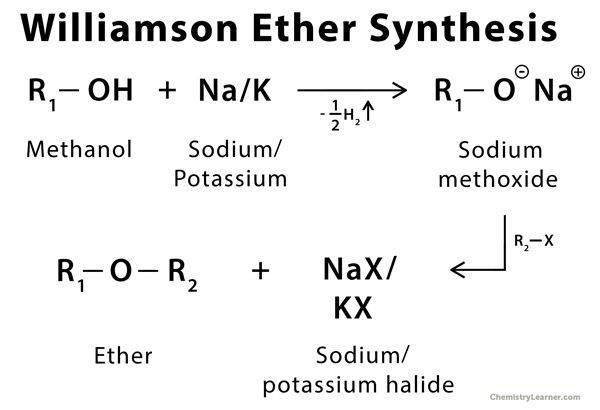
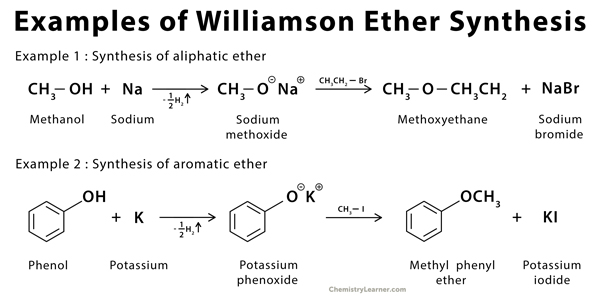
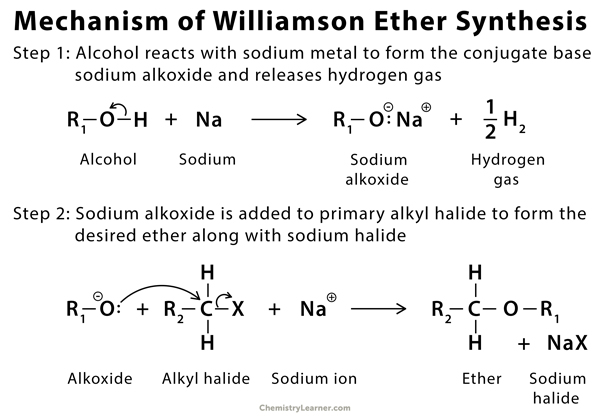
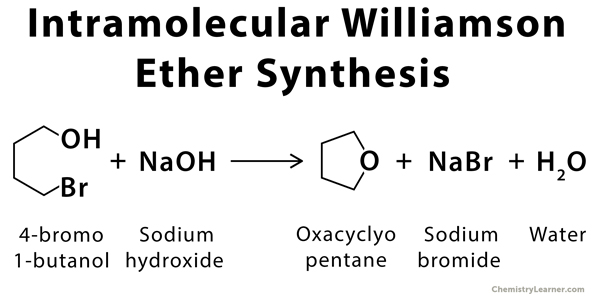



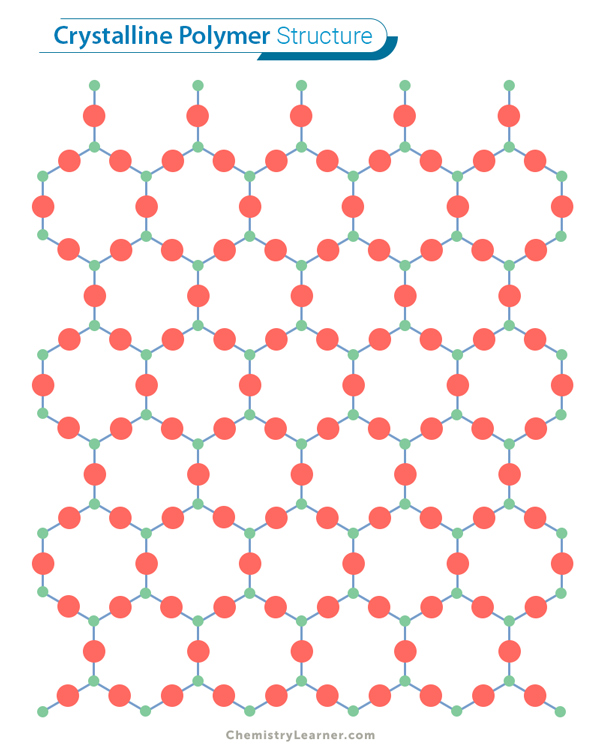
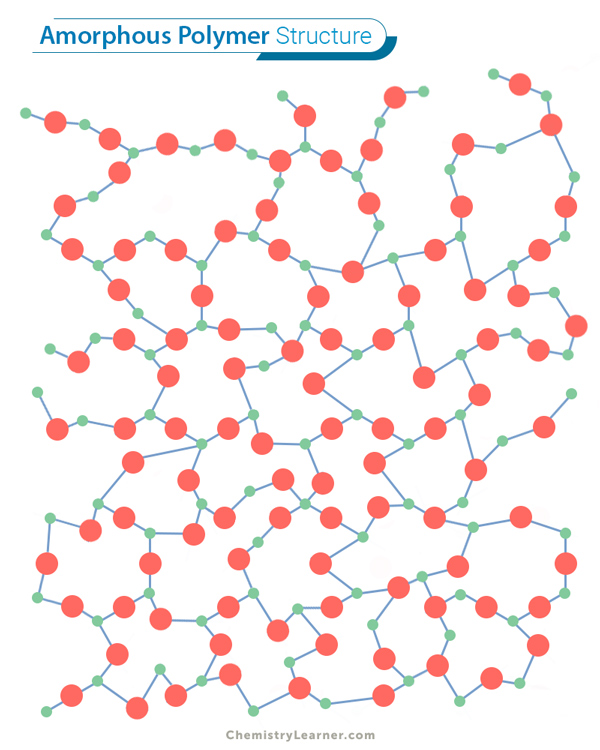
Thanks